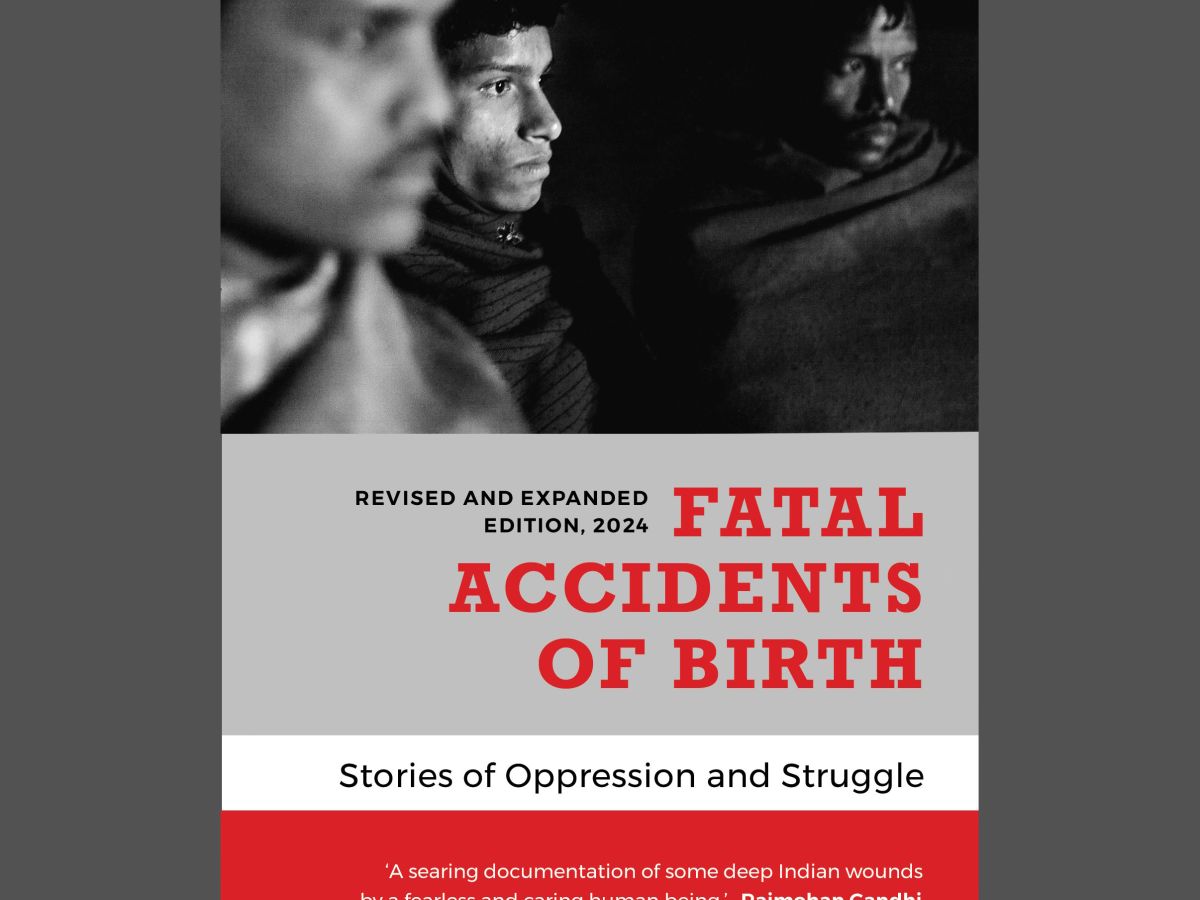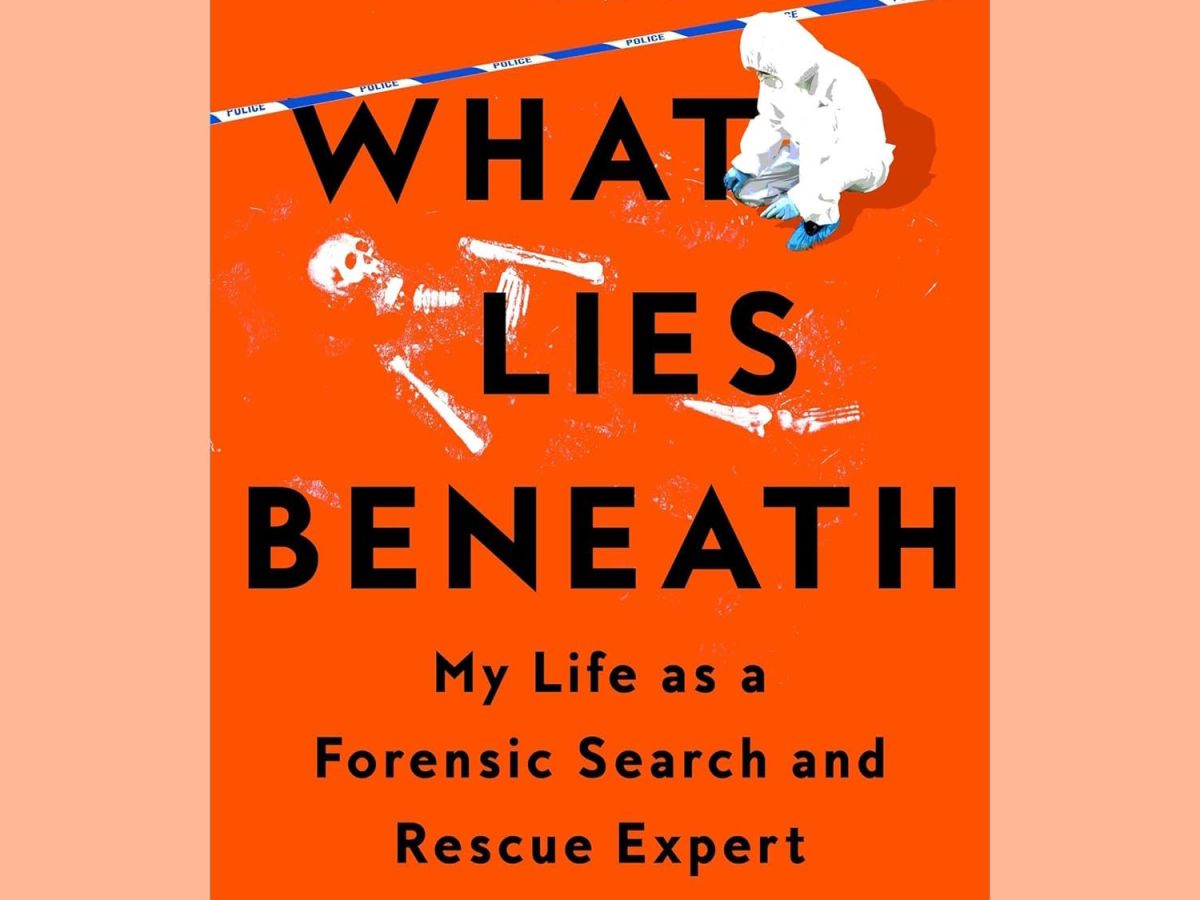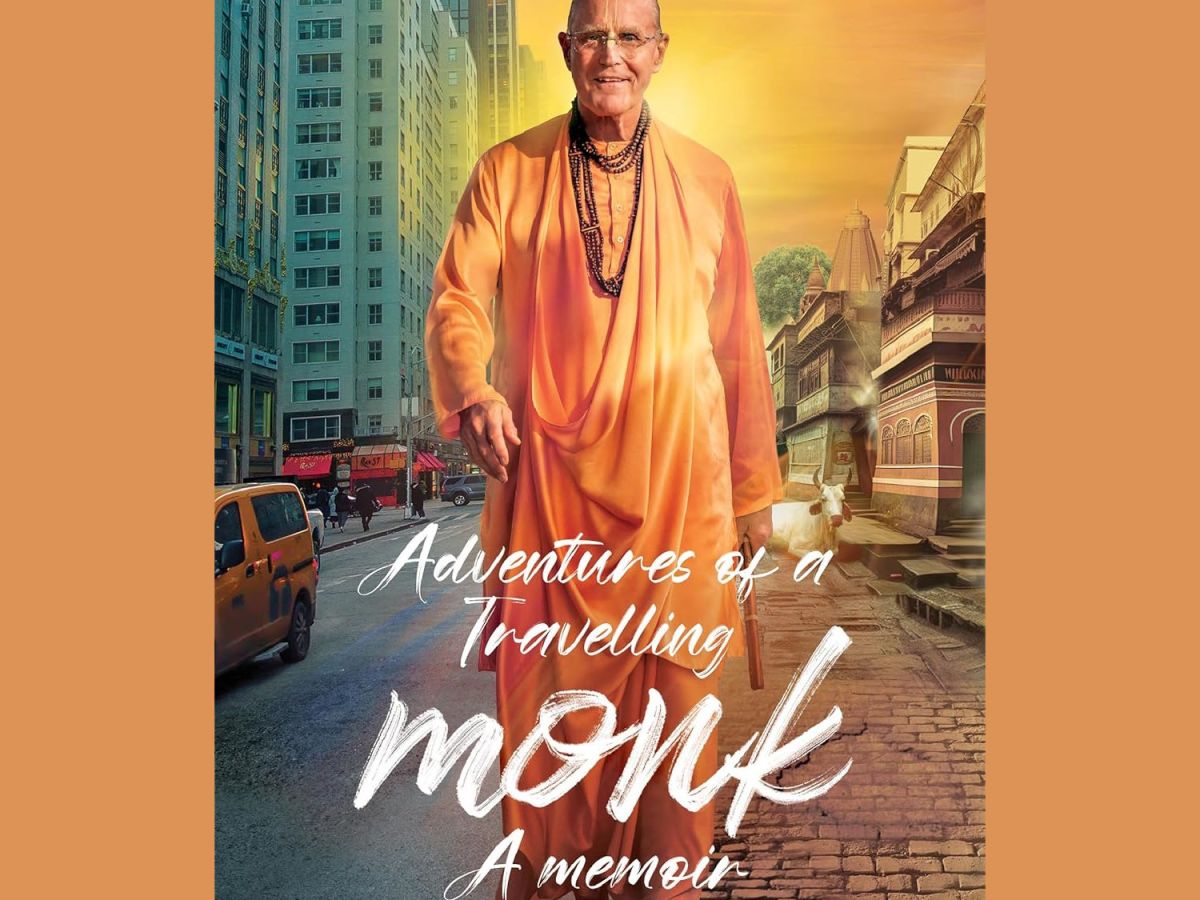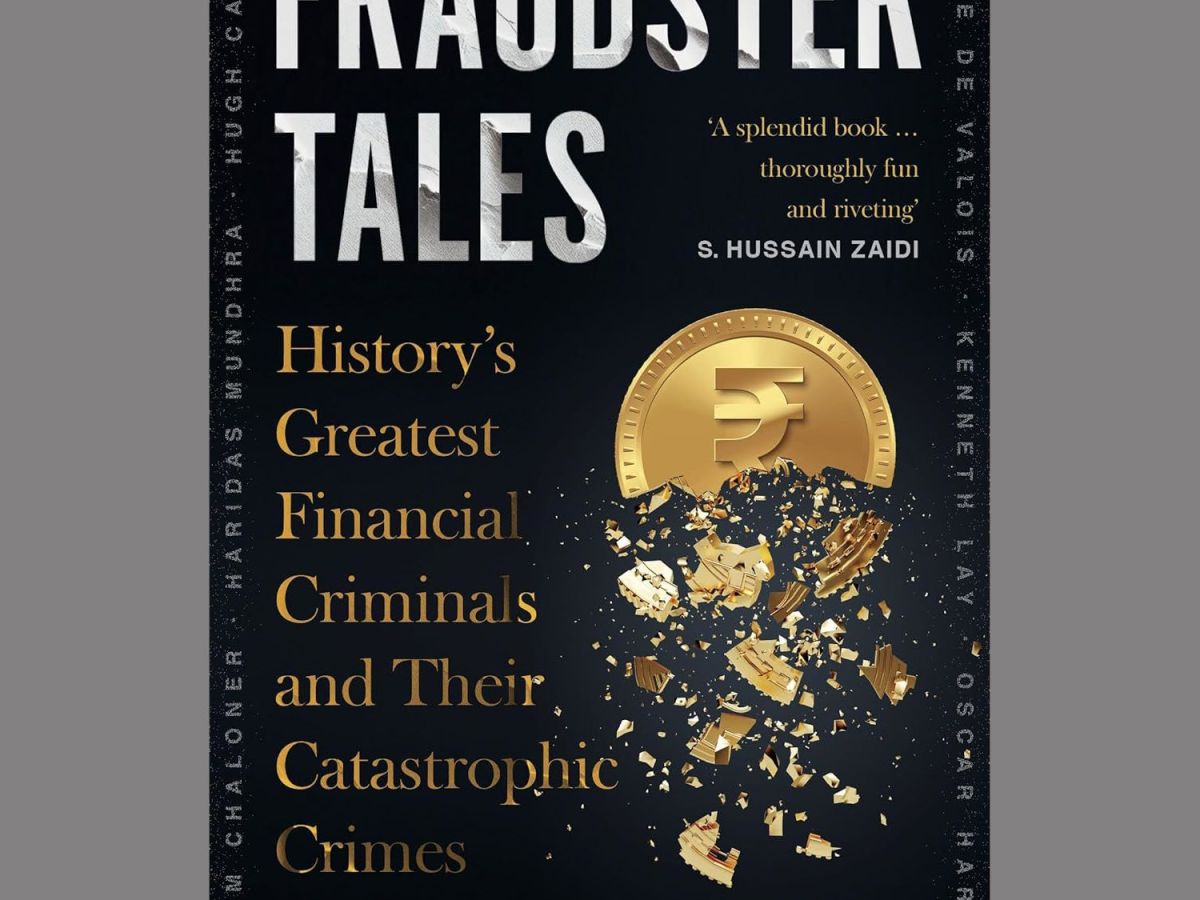Calcutta-based Rebanta Gupta, who loves Hindustani classical music, presents his essential reading list for fans of this particularly fascinating genre of music.
My cousin Sharanya seems to have always harboured an antipathy towards Hindustani classical music since his childhood. When he was five or six, he once saw me practicing my vocal lessons one evening with a tambura (I was probably negotiating with the melodic pathways of Raga Bageshree and had just started practicing taans in an open-throated style) and instantly ran to my mother and, with his expressive eyes, asked her what was wrong with me and why I was doing what I was doing. The complex spiral staircase of the taans would remind him of a lamb being strangled with a metal wire before slaughter, the alaap or the slow melodic exploration would probably have made him enter a state of slumber, and after hearing sargaam, the firework of solfège, he would have certainly jumped from the chair and left the room with a grimace.
Sharanya derived pleasure from singers like Frank Sinatra, Bing Crosby, Aretha Franklin, and of course, Nat King Cole (Jazz seems to have been his thing), with occasional spells of John Denver and John Lennon. But whenever he saw me tuning my portable handset to any All India Radio channel broadcasting some hidden gems from their archives, such as a Bhairavi of Abdul Karim Khan, a Darbari of Faiyaz Khan, or even a luscious thumri by the grand old Siddheshwari Devi, he would look at me and leave the room with a grunt of disgust.
Hence, I almost fell from the chair and was on the verge of suffocating on a piece of cookie which got stuck in my throat, when he mentioned the names of Hariprasad Chaurasia and Kaushiki Chakraborty with an air of admiration. ‘Last Saturday,’ he began, ‘my friends dragged me to a classical music conference. I forgot the name but it was a memorial concert of some sort. Oh, you know about it? Of course you do, you are a classical music buff. Well, there I was floored by Hariprasad Chaurasia’s flute. Lord, what a flautist Chaurasia is! I almost melted, you know? It was so serene and exciting at the same time. He played some evening raga. I don’t care what he played, but man, what a piece of melody it was! And I saw Kaushiki. Oh boy, what an artist! And sooo.. pretty. Have you listened to her taans? Electrifying, aren’t they?’
I was flummoxed by the sudden sharp turn in his musical taste. What had happened to the kid?! I listened with utter disbelief when he used adjectives like ‘mind-blowing’ and ‘awesome’ to describe Hariprasad ji’s Raga Hamsadhwani and Jogkauns, and Kaushiki Chakraborty’s Raga Chhayanat, and a flippant composition in Raga Pahari – Rangi Saree Gulabi Chunariya Ho garnered a lot of appreciation from him. He ended his verbal parade of appreciation with a striking statement: ‘Well, Hindustani classical is not that bad after all!’
Dear reader, if you share Sharanya’s views after he had been through this aesthetic proselytization, and if you think that perhaps this age-old Indian musical tradition is not boring as hell and doesn’t sound like the mournful cry of a lamb to the slaughter, then here is a reading list for you. Here are some books on Hindustani classical music and its multitudinous aspects, which will help you establish a closer rapport with this musical tradition in an intellectual, discursive manner. I also asked Sharanya to read some of them to know more about this vibrant musical tradition of the Indian subcontinent. Well, he borrowed some of the books from my personal collection and promised to return them soon, but it has been more than five months and he hasn’t cared to return even a single book.
In any case, here’s the list of books you should read if you love Hindustani classical music.

The Lost World of Hindustani Music, by Kumar Prasad Mukherji
Originally published in Bengali as Kudrat Rangi Birangi, this magnum opus of the musicologist and author Kumar Prasad Mukherji is an ode to the golden era of Hindustani classical music. The musical tradition of North India reached its apogee in the final years of the nineteenth century and the first seven/eight decades of the twentieth century, when its landscape was punctuated with the names of illustrious artists like Ustad Abdul Karim Khan, Ustad Faiyaz Khan, Rasoolan Bai, Siddeshwari Devi and Begum Akhtar to name a few. Mukherji revisits his memories of the musical masters of the past and unlocks his treasure trove of memories and experiences gathered at the concerts that he attended across the country to write this book, which documents the multifaceted dimensions of the life and times of his beloved Pandits and Khansahibs, almost in an autoethnographic fashion, topped with anecdotal humour. Kumar Prasad, the son of the illustrious polymath Dhurjati Prasad Mukherji, traces the germinating seeds of the North Indian musical culture that spans across genres like khayal, thumri, and tappa, and takes the readers on a scintillating journey through the courts of the Maharajas, resonant with the ankle bells of the courtesans, the pedagogic roller-coaster ride that a disciple had to endure, the advent of recorded music and the dawn of the European notation system, the decline of the feudal patronage sites and the rise of the multinational companies that eventually provided fuel to the machine of classical music. Mukherji’s crisp writing style, terse descriptions, and witty interventions make this book an invaluable addition to the reading list of classical music aficionados.

Smritir Atale, by Amiyanath Sanyal
Written in Bengali, this book might not be accessible to readers hailing from non-Bengali backgrounds, but Smritir Atale (‘The Depths of Memories’) will surely rank as one of the best books documenting the chronicles of Hindustani classical music. In this marvelous book, which could be regarded as a spiritual predecessor of Kumar Prasad Mukherji’s The Lost World of Hindustani Music, Amiyanath Sanyal, a music aficionado hailing from the early twentieth century Calcutta, writes about his musical memories of illustrious figures like Moijuddin Khan, Faiyaz Khan, and Kale Khan – the masters who had left indelible impressions on the Hindustani musical tradition. While the name of Ustad Faiyaz Khan, the celebrated Aftab-e-Maushiqui (‘The Sun of Music’) still shines in the collective memory of the audience of the Agragharana for his vocal dexterity and robust yet immaculate presentation of ragas, the name of Moijuddin Khan has almost been wiped out from the slate of public memory. This book not only makes the readers revisit the glorious musical regime of Faiyaz Khan, but also resurrects Moijuddin from the depths of obscurity by scrutinizing his vocal renditions, narrating his prodigious qualities, and citing his tempestuous relationship with the tawaifs. Last but not the least, Sanyal focuses on Ustad Kale Khan, the father of the legendary singer Ustad Abdul Karim Khan of Kirana gharana, and narrates how he had been mesmerized by the song of this maestro in the dilapidated quarters of North Calcutta.

Finding the Raga, by Amit Chaudhuri
Amit Chaudhuri is known worldwide for his literary creations like A Strange and Sublime Address and Afternoon Raga, but besides being a writer and an academician, he is an acclaimed vocalist in the Hindustani classical tradition, who occasionally explores the musicscape as a disciple of Pandit Govind Prasad Jaipurwale of Kunwar-Shayam Gharana. In Finding the Raga, Chaudhuri shares with the readers his tryst and courtship with Hindustani music; how his love for music germinated through his association with his mother, who herself was an accomplished musician. He describes that his musical persona, after traversing the western musicscape for a while, made a course correction and embraced the Hindustani way of music. His literary persona has also surfaced at times in this book, when he utilises literary tools to understand the philosophy of Hindustani music, and draws references from the works of Jacques Derrida and EM Forster to discuss the issues of tradition and modernity in Indian music. Chaudhuri interweaves his personal journey as an academic and a writer with his musical sagas, and recalls his amazement at finding the signatures of Hindustani ragas in Western popular songs, which led to the conceptualisation of his 2004 experimental project in world music titled This is Not Fusion.

Music and Modernity: North Indian Classical Music in an Age of Mechanical Reproduction, edited by Amlan Das Gupta
This book, unlike the previous ones mentioned here, is heavily academic and might not be palatable for lay readers. But Music and Modernity, edited by the renowned academician Amlan Das Gupta, presents the image of the changing landscape of Hindustani classical music in the age of modernity through a number of essays. The volume, containing nine essays, focuses on topics like the centenary of Indian gramophone records, the early days of wax cylinder recordings, the development and evolution of instruments like the sarod, the women musicians of North India, the linguistic dimensions of the khayal compositions, and so on. The book is invaluable for music scholars and researchers, to understand the changing musical topography of North India in the twentieth century, and interested readers might also derive critical pleasure from it, if they are guided by a scholastic zest. The book is also important for providing insights of foreign scholars, which underline how European perspectives have interpreted Indian music since the advent of the British on Indian soil.

Gandharvi: Life of a Musician, by Bani Basu (author) and Jayita Sengupta (translator)
Bani Basu peeps into the life of a musician through the window of her novel Gandharvi: The Life of a Musician and presents before the readers the chequered life of Apala, a young girl trapped in a vicious tussle between her life and her music. Born into a middle-class family in North Calcutta under the long shadow cast by her authoritative uncle, the patriarch of the family, Apala aspires to be a musician as she sits for her daily practice and recites the notes of Raga Shuddh Kalyan – Mandar bajo re. The life of the protagonist has emerged as the synecdochic representation of the struggle women musicians regularly endure in order to find a ground for themselves; her husband falls for her after attending one of her public concerts, but their marriage eventually turns out to be loveless, with exploitative in-laws ready to pounce on her personal and artistic spaces. The novel weaves a tapestry of relationships, that includes characters like Apala’s guru Rameshwar Thakur, his daughter Mitul, Apala’s musical comrade Soham, and others, and the text emerges as a sentimental saga of the melancholic life of a musician, where lofty heights of the ragas get intertwined with the lowly complexities of life. Basu’s lilting writing style brings the novel closer to music, as it offers a veiled description of the musical milieu of Calcutta in the nineteen-sixties.

Rebanta Gupta is currently working as a Research Assistant at Maulana Abul Kalam Azad Institute of Asian Studies, under the Ministry of Culture. With an MA in English Language and Literature from Calcutta’s Presidency University, Rebanta has a deep interest in literature, music, films and theatre, and likes to explore the interdisciplinary links that connect his diverse areas of interest.
adventure advertising Apple astrology audiobooks Banaras best-of lists Bombay book marketing business Calcutta cheap reads cityscapes corporate culture crime design fiction food Hinduism hippies history India Japan journalism journalists libraries literary agents memoirs memories money Mumbai music my life with books Persian photojournalism publishers publishing religion science-fiction self-help technology travel trends Varanasi wishlists
More Stories:
Fatal Accidents of Birth: An Excerpt
In the revised, 2024 edition of Fatal Accidents of Birth, author Harsh Mander presents a harrowing selection of stories of oppression and struggle. ‘This volume collects twenty-one stories of women and men who, simply because they were born poor, or a particular gender, or into a certain caste or religion, fell prey to the many…
Book Review: What Lies Beneath
One of the UK’s most prolific cold-case forensic investigators, Peter Faulding is a forensic expert whose lifework includes things most regular people would happily steer clear of. Things like recovering dead human bodies, finding discarded remains, identifying unmarked graves and saving people from locations and situations that may be too dangerous for normal emergency services.…
Adventures of a Travelling Monk: An Excerpt
Deeply affected by the death of his entire platoon in the Vietnam War, Lance Corporal Brian Tibbitts embarked upon the pursuit of the real meaning and purpose of life and found solace in the Bhagavad Gita. The American ex-Marine met Srila A C Bhaktivedanta Swami, founder of the International Society for Krishna Consciousness (ISKCON) and,…
Daiva – Discovering the Extraordinary World of Spirit Worship: An Excerpt
‘The famous Kola performances of Tulu Nadu involve dancers who invite powerful, sacred spirits to possess them. Through the performers, and surrounded by vibrant colours and striking visuals, these spirits – known as daiva – may settle disputes, provide guidance, grant blessings and pass judgement. However, there is so much more to it than art…
Book Review: Fraudster Tales
‘Crime stories have fascinated audiences all over the world for centuries. But as times have evolved, the spotlight on financial wrongdoing has further intensified. In Fraudster Tales: History’s Greatest Financial Criminals and Their Catastrophic Crimes, seasoned finance professional turned true crime writer Vijay Narayan Govind presents ten remarkable cases that made the world sit up…






